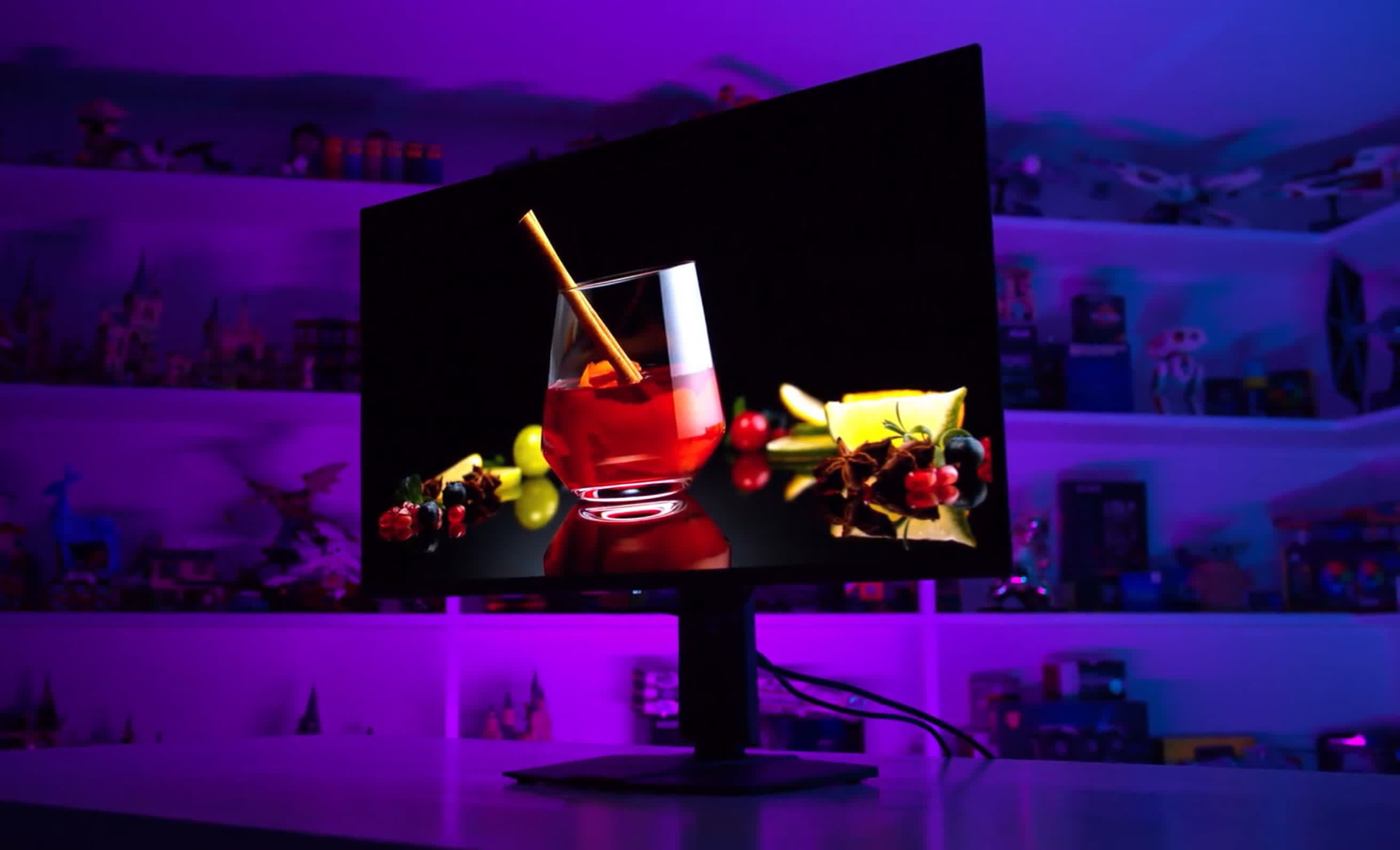The OLED Burn
We've been using the MSI MPG 321URX QD-OLED exclusively as a productivity monitor for the last six months,关键字2 and it's time to check in to see how the panel is holding up in terms of burn-in. Not much has changed in how we've been using this monitor – we've really been pushing it with a worst-case usage scenario for OLED – but there have been a few changes compared to the last time we checked for burn-in. If you missed the last two updates, we recommend going back and checking out at least the initial article to get an idea of the setup we're using and why we've chosen MSI's 4K 240Hz QD-OLED gaming monitor as our workstation display. Essentially, the idea here is to perform a real-world test of OLED longevity in the worst possible configuration, effectively burning in the display on purpose. We swapped a 32-inch 4K IPS LCD for this new QD-OLED and changed nothing else about the setup – no dark mode, no screensavers, or anything like that – to see if OLED monitors can truly be used as LCD-equivalent productivity displays long-term. I use my monitor more than 8 hours a day, sometimes continuously, with no breaks for the display to turn off and rest. This leads to hours upon hours of static usage in applications like web browsers, Microsoft Office (including Excel), and production tasks like Adobe Premiere and Photoshop. With virtually no content consumption and zero gaming in our daily use of this display, this is not how we recommend usingan OLED at all, though it's a use case that has been perfectly fine for LCDs for a long time. After one month of usage, the MSI 321URX showed no signs of burn-in at all, which was expected. At that point, we'd used the monitor for about 200 to 250 hours. After three months, we started to see faint signs of burn-in, and by that time, we'd used the display for approximately 650 to 750 hours with 71 panel compensation cycles. Six months into this experiment, we estimate the usage to be between 1,200 and 1,500 hours, and the monitor indicates that it has run 141 compensation cycles. This aligns with what we reported previously – about double the usage and about double the compensation cycles. We're still seeing around 9 to 10 hours of usage at 200 nits of brightness per compensation cycle. As we mentioned in the last update, the recommended rate for panel protection cycles is every four hours, so in our typical usage, it's running less than half as often as is ideal. However, this is a totally realistic scenario for someone using this display for full-time work, especially if you don't put the monitor to sleep during breaks. We've set the display to sleep after two hours, which is far longer than we would recommend for general OLED use, but it's the same setting we used for our LCD.

- 最近发表
- 随机阅读
-
- 曝NBL联赛冠军最多的安徽文一俱乐部面临解散危机
- 《爱情这条路》(金佩珊演唱)的文本歌词及LRC歌词
- Why some CEOs hate remote work, and the Earth loves it
- 智能垃圾分类亭改善社区生活环境
- 竞彩大势:奥地利主场完胜 奥斯汀FC全身而退
- 六姊妹:我,何家女婿,顶梁柱
- 小米手环怎么设置哈利波特主题表盘
- 杭州亚运会、亚残运会竞赛场馆全部竣工并完成赛事功能验收
- 大陆马视频直播2021玉龙国际赛马公开赛第10赛马日
- 关于缺陷的哲理故事汇总
- 小区垃圾分类精细化管理新途径——智能垃圾分类箱
- 六姊妹:我,何家女婿,顶梁柱
- Windows7内存占用大不等于系统速度慢
- 接替小因扎吉!国米官宣名宿齐沃出任球队新帅 签约2年
- Djokovic downs Zverev in FO quarters
- 桐庐以最高标准最佳状态高效推进亚运马术赛事筹办工作
- ปมชัดเย้งชายแดนไทย
- New battery tech makes sub
- “新岁启封,再赴征程”中马协2022年星级专业教练培训(无锡站)报名中
- 2025世俱杯F组巡礼:多特争第1不稳 蔚山难作为
- 搜索
-
- 友情链接
-